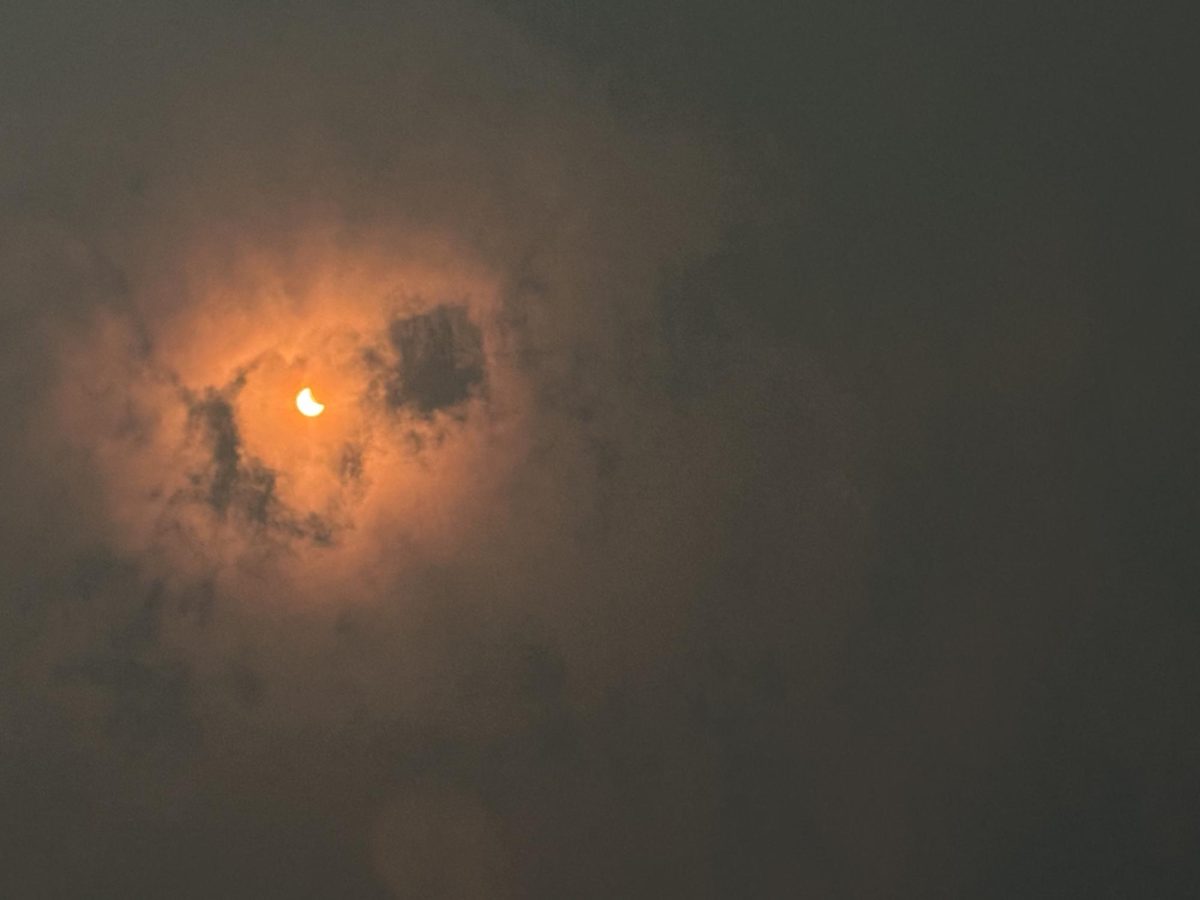
Hearts and candy, dancing and food, culture and love, February is known worldwide as the month of relationships. However, there are many other holidays that take place in this month besides Valentine’s day. These holidays include Mardi Gras, Ash Wednesday, and Lunar New Year. An estimated 2 billion people celebrate Lunar New Year every year, making it one of the most celebrated holidays in February. The New Year is celebrated over a course of several days, and harbors many traditions and cultural aspects alluding to the beginning of spring.
Lunar New Year starts off with the reunification of families, and is primarily celebrated in Asian and Middle Eastern countries. “The migration is significant enough to clog transport terminals, and lasts for 40 days,” says Chad De Guzman from Time Magazine. When the family has reunited, the traditions start, and last for fifteen days. “The traditions include wearing a áo dài traditional dress, giving red envelopes with money for those who are unmarried, and lighting incense for dead relatives, and in my house, karaoke,” says Val Vo, a member of the Vietnamese Club at Briar Woods.
In Chinese history there was a legend that evoked all of these traditions. There was a beast named Nian that would attack the village on the same day every year and the villagers could not fight back. “A man that came to live in the village, who lit firecrackers, made loud noises, and wore a lot of red, which scared the Nian beast away,” says Cecilia Hu, a student at Briar Woods. From then on, people began to continue those traditions of lighting fireworks, and wearing red to prevent Nian from coming back. This legend corresponds to the icon of the celebration, the traditional Chinese lion dance performances. These performances are broadcasted all over the world on television, and are performed through an art called puppetry, where lion puppets are put on sticks, and the dancers under the large puppets move around in a rhythmic dance. The elaborate and difficult dances are known to ward off evil spirits and bring good luck into the newly arrived season of spring.
“The lion dances are by far my favorite event during Lunar New Year, purely because of the joy on the faces of my cousins and family as we watch and make guesses about the New Year,” says Hu.






